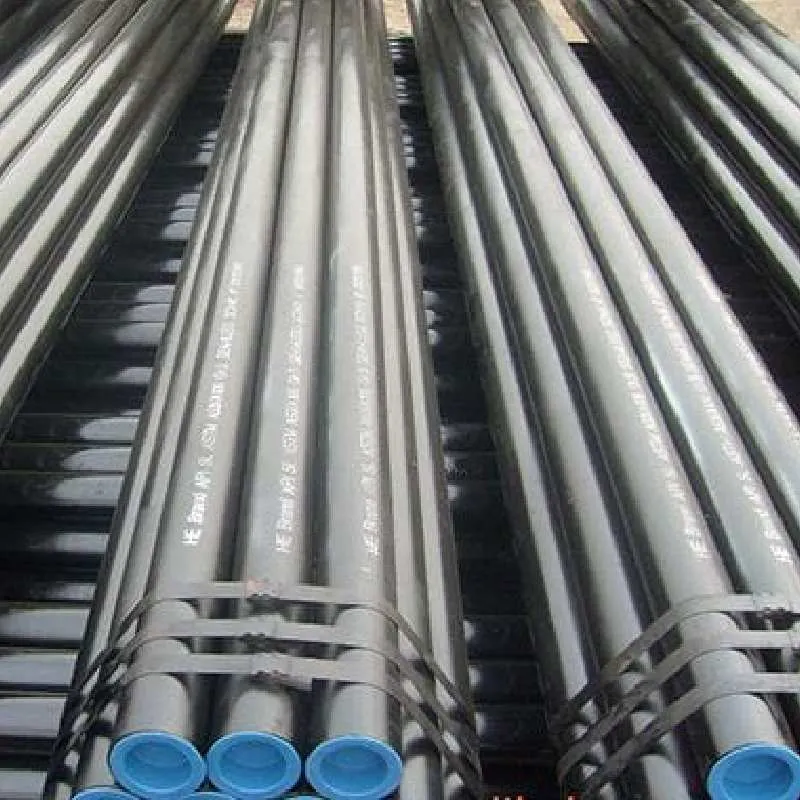-
Cangzhou Yulong Steel Co., Ltd.
-
Phone:
+86 13303177267 -
Email:
admin@ylsteelfittings.com
- English
- Arabic
- Italian
- Spanish
- Portuguese
- German
- kazakh
- Persian
- Greek
- French
- Russian
- Polish
- Thai
- Indonesian
- Vietnamese
- Zulu
- Korean
- Uzbek
- Hindi
- Serbian
- Malay
- Ukrainian
- Gujarati
- Haitian Creole
- hausa
- hawaiian
- Hebrew
- Miao
- Hungarian
- Icelandic
- igbo
- irish
- Japanese
- Javanese
- Kannada
- Khmer
- Rwandese
- Afrikaans
- Albanian
- Amharic
- Armenian
- Azerbaijani
- Basque
- Belarusian
- Bengali
- Bosnian
- Bulgarian
- Catalan
- Cebuano
- China
- China (Taiwan)
- Corsican
- Croatian
- Czech
- Danish
- Esperanto
- Estonian
- Finnish
- Frisian
- Galician
- Georgian
- Kurdish
- Kyrgyz
- Lao
- Latin
- Latvian
- Lithuanian
- Luxembourgish
- Macedonian
- Malgashi
- Malayalam
- Maltese
- Maori
- Marathi
- Mongolian
- Myanmar
- Nepali
- Norwegian
- Norwegian
- Occitan
- Pashto
- Dutch
- Punjabi
- Romanian
- Samoan
- Scottish Gaelic
- Sesotho
- Shona
- Sindhi
- Sinhala
- Slovak
- Slovenian
- Somali
- Sundanese
- Swahili
- Swedish
- Tagalog
- Tajik
- Tamil
- Tatar
- Telugu
- Turkish
- Turkmen
- Urdu
- Uighur
- Welsh
- Bantu
- Yiddish
- Yoruba

Nov . 13, 2024 16:25 Back to list
ansi b16 5 standard
Understanding ANSI B16.5 Standard A Comprehensive Guide
The ANSI B16.5 standard is a key component in the realm of piping systems, specifically concerning flanges and flanged fittings. Established by the American National Standards Institute (ANSI), the standard outlines the dimensions, materials, and pressure-temperature ratings for flanges used in piping systems. Understanding this standard is crucial for engineers, designers, and manufacturers involved in the design, construction, and maintenance of piping systems in various industries, including oil and gas, chemical processing, and power generation.
Overview of ANSI B16.5 Standard
The ANSI B16.5 standard covers flanged fittings for pipe sizes ranging from ½ inch to 24 inches nominal pipe size. It defines several types of flanges, including weld neck, slip-on, blind, lap joint, and threaded flanges. Each type of flange serves a particular purpose in connecting piping systems and must conform to specific dimensions and pressure ratings.
Flanges are critical components in piping systems as they provide a means to connect pipes, valves, and other equipment. The design and manufacturing of these flanges are governed by ASTM specifications for materials and mechanical properties, ensuring safety and reliability. The ANSI B16.5 standard also provides guidance on the proper gasket dimensions and methods of assembly, which are essential for maintaining integrity and preventing leaks in the piping system.
Dimensions and Types of Flanges
According to ANSI B16.5, the dimensions of flanges are standardized to facilitate interchangeability and reliability. For instance, the standard specifies the outside diameter, flange thickness, bolt hole diameter, and the number of bolt holes for each flange type. This ensures that flanges from different manufacturers will fit together without issues, simplifying the installation and maintenance processes.
There are several types of flanges defined in the ANSI B16.5 standard
1. Weld Neck Flange This type of flange is designed to be welded to the pipe. Its tapered neck provides a gradual transition between the flange and the pipe, reducing stress concentrations.
2. Slip-On Flange This flange is designed to slip over the pipe, making it easier to install; however, it requires a weld to secure it in place, which can lead to potential leakage if not done correctly.
ansi b16 5 standard

3. Blind Flange Used to seal the end of a piping system, blind flanges are essential for ensuring that pressure is maintained within the system during operations.
5. Threaded Flange Designed with internal threads, threaded flanges are used for low-pressure applications and where welding is not feasible.
Pressure-Temperature Ratings
The ANSI B16.5 standard also establishes pressure-temperature ratings for flanges, which categorize flanges based on their ability to withstand pressure and temperature. These ratings, known as classes, include Class 150, Class 300, Class 600, and higher, up to Class 2500. Each class defines maximum pressure and temperature limits, which are critical for ensuring the safe operation of the piping system.
Importance of Compliance
Compliance with ANSI B16.5 is essential for several reasons. Firstly, it ensures safety and reliability in various industrial applications, minimizing the risks of catastrophic failures due to inappropriate flange use. Secondly, adherence to this standard facilitates efficient maintenance and interoperability among different equipment and components in piping systems. Lastly, utilizing ANSI B16.5-compliant flanges can improve overall system performance by providing well-defined and managed interfaces.
Conclusion
In conclusion, the ANSI B16.5 standard plays a pivotal role in the design and operation of piping systems across various industries. By establishing guidelines for dimensions, types of flanges, and pressure-temperature ratings, it helps ensure the safety, reliability, and efficiency of these systems. Whether you are an engineer, designer, or manufacturer, a thorough understanding of the ANSI B16.5 standard is essential for successful project execution and maintenance in the ever-demanding industry landscape. By adhering to these standards, stakeholders can promote safer operations and contribute to the overall integrity of engineering projects worldwide.
Latest news
-
ANSI 150P SS304 SO FLANGE
NewsFeb.14,2025
-
ASTM A333GR6 STEEL PIPE
NewsJan.20,2025
-
ANSI B16.5 WELDING NECK FLANGE
NewsJan.15,2026
-
ANSI B16.5 SLIP-ON FLANGE
NewsApr.19,2024
-
SABS 1123 FLANGE
NewsJan.15,2025
-
DIN86044 PLATE FLANGE
NewsApr.19,2024
-
DIN2527 BLIND FLANGE
NewsApr.12,2024
-
JIS B2311 Butt-Welding Fittings LR/SR 45°/90° /180°Seamless/Weld
NewsApr.23,2024











